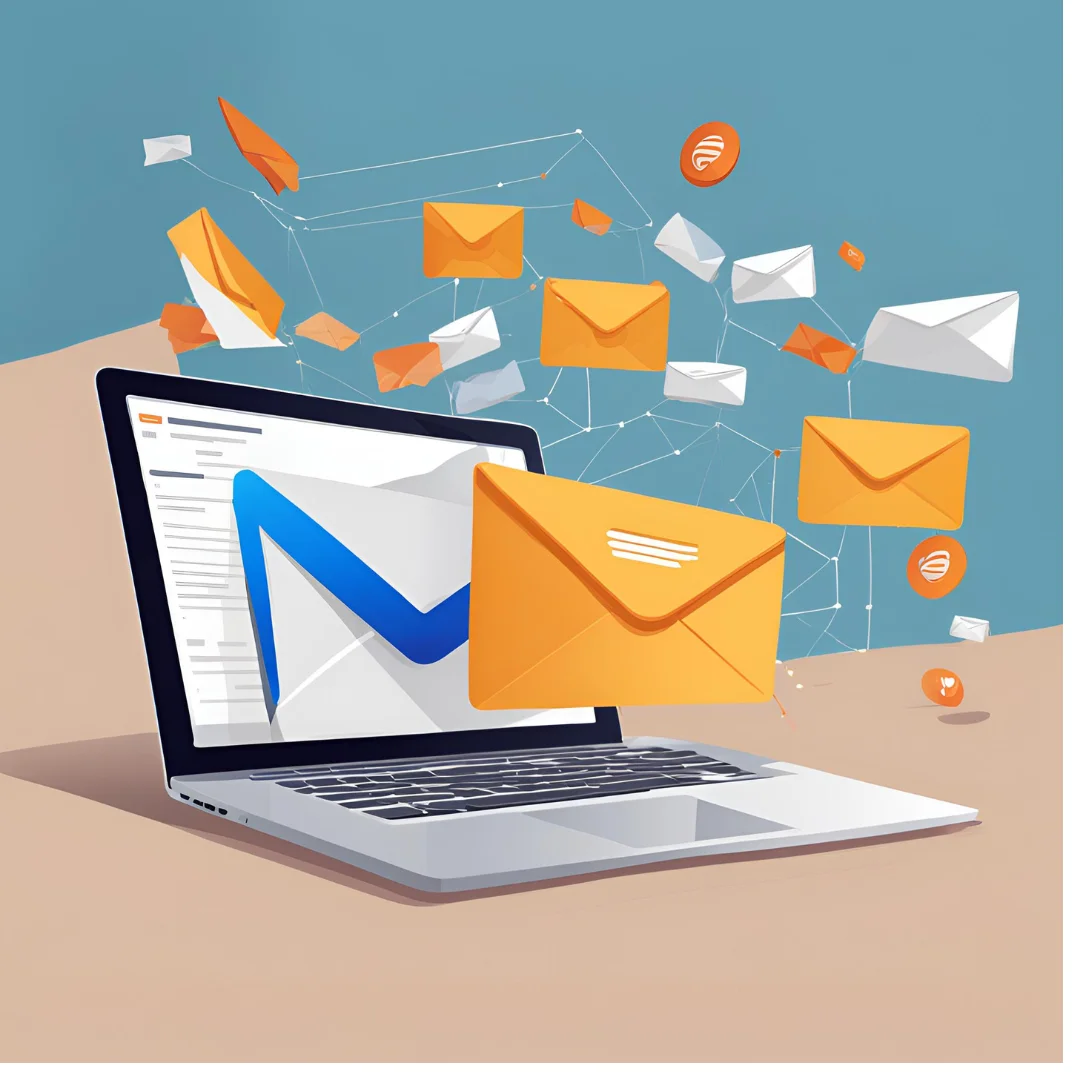Over time, email marketing has changed dramatically to meet the demands of businesses, consumers, and evolving technology. Conventional emails haven't changed much in spite of these developments. They frequently only use text and photos to convey their ideas, missing the functionality and engagement that contemporary digital experiences require. AMP (Accelerated Mobile Pages) emails, a ground-breaking innovation that enables consumers to communicate directly within their inbox, are filling this gap.
AMP emails are a paradigm shift in how companies interact with their audiences, not just a technological improvement. This blog examines the idea of AMP emails, including its characteristics, advantages, difficulties, and potential to revolutionize email marketing.
What Are AMP Emails?
AMP emails make use of the AMP framework, which was first created to enhance the user experience and loading speed of mobile web pages. For email, this architecture adds dynamic content, allowing users to complete actions like filling out forms, perusing product catalogs, and RSVPing to events—all without leaving their email client.
Conventional email formats, such as plain text and HTML, are static by nature. But with AMP, developers can add dynamic elements like carousels, accordions, and real-time content changes. Emails become effective engagement tools because to this dynamic capability.
Features of AMP Emails
AMP emails offer a range of features that differentiate them from traditional email formats:
-
Real-Time Content: The ability of AMP emails to dynamically refresh their content guarantees that recipients always see the most recent information.
-
Embedded Actions: Users can perform tasks like booking tickets or submitting surveys directly within the email.
-
Responsive Design: AMP emails adapt seamlessly to different devices, maintaining functionality and aesthetics.
-
Enhanced Engagement: Features like accordions and carousels encourage users to interact with the email, improving engagement rates.
By integrating these features, AMP emails provide a richer and more engaging experience for users.
Benefits of AMP Emails
1. Improved Engagement Rates
Recipients of AMP emails can engage with material in ways that were previously only possible on websites or applications. Users may browse products, respond to surveys, or fill out forms all from within their inbox thanks to this interactivity, which increases user engagement.
2. Seamless User Experience
The user experience is streamlined when actions, like making a purchase or arranging an appointment, require fewer steps to accomplish. Conversion is more likely because of this convenience.
3. Real-Time Personalization
Because AMP emails feature dynamic changes, companies may provide real-time, customized content. For instance, based on a user's browsing history, a merchant can display real-time product availability.
4. Cost Efficiency
AMP emails can save money on web hosting and other integrations by decreasing the need for external platforms for interaction.
5. Brand Differentiation
Since AMP technology is still in its infancy, companies that use it can differentiate themselves in a crowded inbox by demonstrating their creativity and focus on the needs of their customers.
Real-World Use Cases of AMP Emails
AMP emails have diverse applications across industries. Let’s explore some key use cases:
1. E-commerce
Retailers can leverage AMP emails to deliver interactive shopping experiences. For instance, users can:
-
Browse product carousels.
-
Check live inventory status.
-
Complete purchases directly within the email.
Imagine receiving a sale notification where you can view products, select sizes, and complete your purchase without navigating to a separate website.
2. Event Management
AMP-enabled emails can be sent by event planners to streamline registration procedures. Within the email, users may browse timetables, RSVP, and even choose their preferred seating.
3. Surveys and Feedback
Because there is no need to click on an external website, interactive polls included in AMP emails promote greater participation rates. Companies may easily obtain insightful data.
4. Travel and Hospitality
Travel agencies can send out real-time updates, including gate changes or flight availability in real time, using AMP emails. Within the email, users may also choose seats or reserve upgrades.
5. Customer Support
Businesses can effectively handle consumer problems and lessen their reliance on third-party ticketing systems by integrating support forms or live chat interfaces into AMP emails.
Challenges of AMP Emails
Despite their advantages, AMP emails come with their own set of challenges:
1. Limited Client Support
Only a small number of email applications, such as Gmail, Yahoo Mail, and Mail.ru, support AMP emails at this time. Because of this restriction, AMP campaigns' reach is diminished, requiring fallback versions for platforms that are not supported.
2. Complex Development Process
Traditional email development teams may find it difficult to acquire the specific expertise of AMP HTML needed to create AMP emails.
3. Approval and Certification
Businesses must go through a certification procedure with email clients in order to send AMP emails, which makes implementation even more difficult.
4. Security Concerns
If dynamic emails are not adequately secured, they are more likely to be abused. To stop fraud and phishing, businesses need to give content validation and email authentication a priority.
5. Testing and Maintenance
For AMP emails to work, they must be thoroughly tested across a range of platforms and devices. The strain is also increased by keeping fallback versions.
Best Practices for AMP Email Implementation
To make the most of AMP emails, businesses should adhere to these best practices:
1. Prioritize Simplicity
Before moving on to more complicated features, start with basic use cases like interactive forms or carousels.
2. Include Fallbacks
Always include a static HTML or plain-text version of the email to ensure compatibility with non-AMP clients.
3. Focus on Security
Implement measures like DMARC, SPF, and DKIM to authenticate emails and protect against phishing.
4. Optimize for Mobile
Since most emails are opened on mobile devices, ensure that AMP components are mobile-friendly and responsive.
5. Test Rigorously
Test emails across different clients, devices, and screen sizes to guarantee a consistent experience.
The Future of AMP Emails
AMP emails are still in their infancy but show immense potential to revolutionize email marketing. Here’s what the future holds:
1. Increased Adoption
As more email clients adopt AMP support, the technology will become more mainstream, enabling broader use cases.
2. Integration with AI
By providing hyper-personalized, real-time content based on user behavior and preferences, artificial intelligence could improve AMP emails.
3. Enhanced Accessibility
Future iterations of AMP emails will likely focus on improving accessibility for users with disabilities, ensuring inclusivity.
4. Augmented and Virtual Reality
AMP emails could eventually support AR and VR features, taking interactivity to an entirely new level.
Conclusion
An important turning point in the development of email marketing has been reached with the introduction of AMP emails. AMP technology enables companies to provide smooth, captivating experiences that increase conversions and cultivate client loyalty by delivering dynamic content and interaction to the inbox.
The advantages of AMP emails are indisputable, despite certain drawbacks including complexity and a lack of support. AMP emails will probably become a key component of creative email marketing campaigns as use increases and technology develops. Early adoption of this technology will give businesses a competitive advantage in the ever changing digital landscape.




